Snared: The Closed Circle in Gaming

During a horror movie, a frequent question that gets asked is, “Why don’t they simply leave?” In many cases, this seems like a perfectly sensible solution. In others, however, there are myriad things that prevent such an escape. When it’s impossible for characters to leave a situation, you have a “closed circle,” They’re trapped and isolated from the outside world, a staple in mystery and horror fiction. Often, the main plot revolves around escaping their circumstances.
The other hallmarks of a closed circle include a small main cast, a limited geographical area, and an impetus or danger encouraging them to leave. This can take the form of dwindling food supplies, bad weather, a ruined vehicle, or even abduction. Due to the innate drama attached to such a situation, it’s a popular trope for gaming. Dread XP has cataloged some famous (and obscure) games where the closed circle takes center stage.
Sweet Home’s Closed Circle
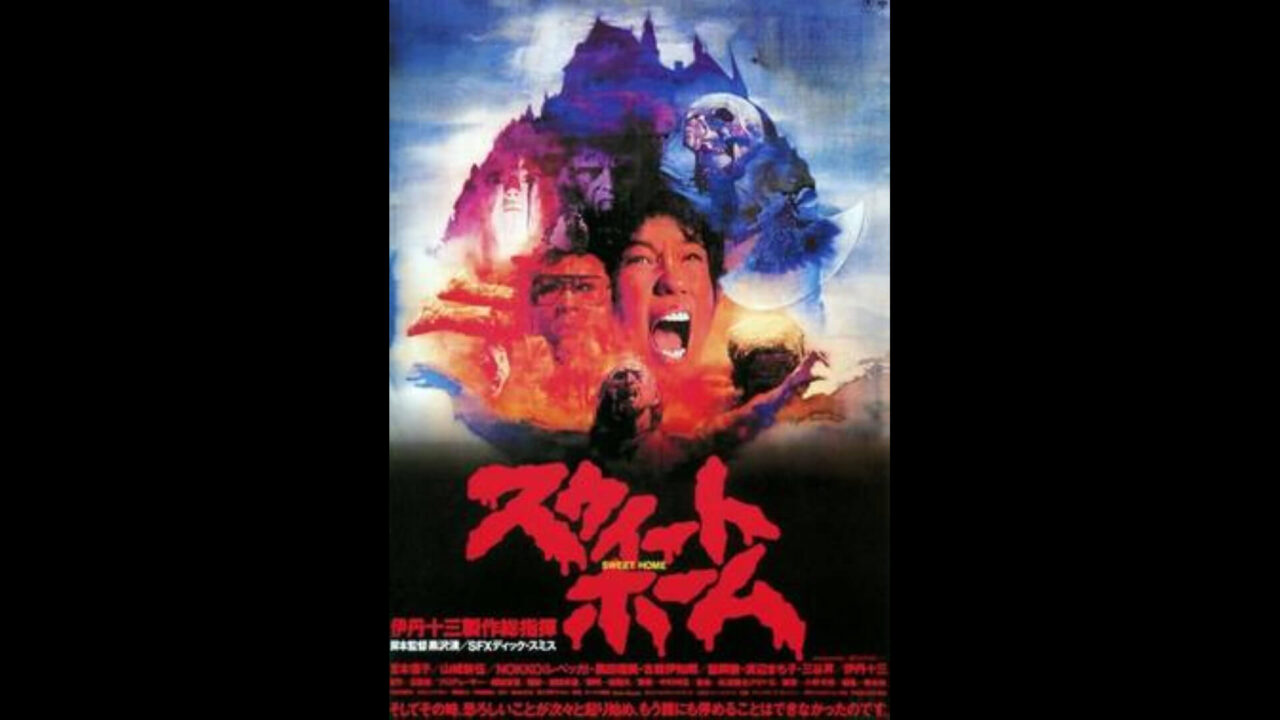
Sweet Home was never released outside of Japan. Despite that, the title on the Famicom was one of the first survival horror games. A film crew of five goes to investigate the Mamiya Mansion and its frescoes but finds themselves trapped inside due to a storm. This is a perfect application of a closed circle. During gameplay, they can pair up in groups of up to three and explore the mansion. They quickly find the mansion is haunted and full of monsters and death traps. If a party member fell prey to the house’s denizens, they were gone forever.
While you could acquire items to replace fallen party members, this took up an inventory slot as opposed to being a free item in their inventory. Given how each character had room for two items and a weapon, space was at a premium. Losing a party member meant less power in battles, fewer inventory slots, and the need to acquire replacements. Healing was very limited. There were a finite number of items in the game and no other way to restore health. The combat was pretty standard turn-based fare, but an interesting mechanic was the ability to call for help. The action would pan to the people you called for help, and they would have a short time to reach you before combat resumed. If necessary, you could even “chain” these calls for help to give the rescuers more time.
Lastly, unlike many video game movies, the film adaptation for Sweet Home is actually pretty solid. It’s a late-1980s Japanese horror film and worth a watch if you can find it. There are some differences between the game and film versions, but the two pair together very nicely. The battle theme is pretty bumping, too.
Resident Evil’s Use of Closed Circles
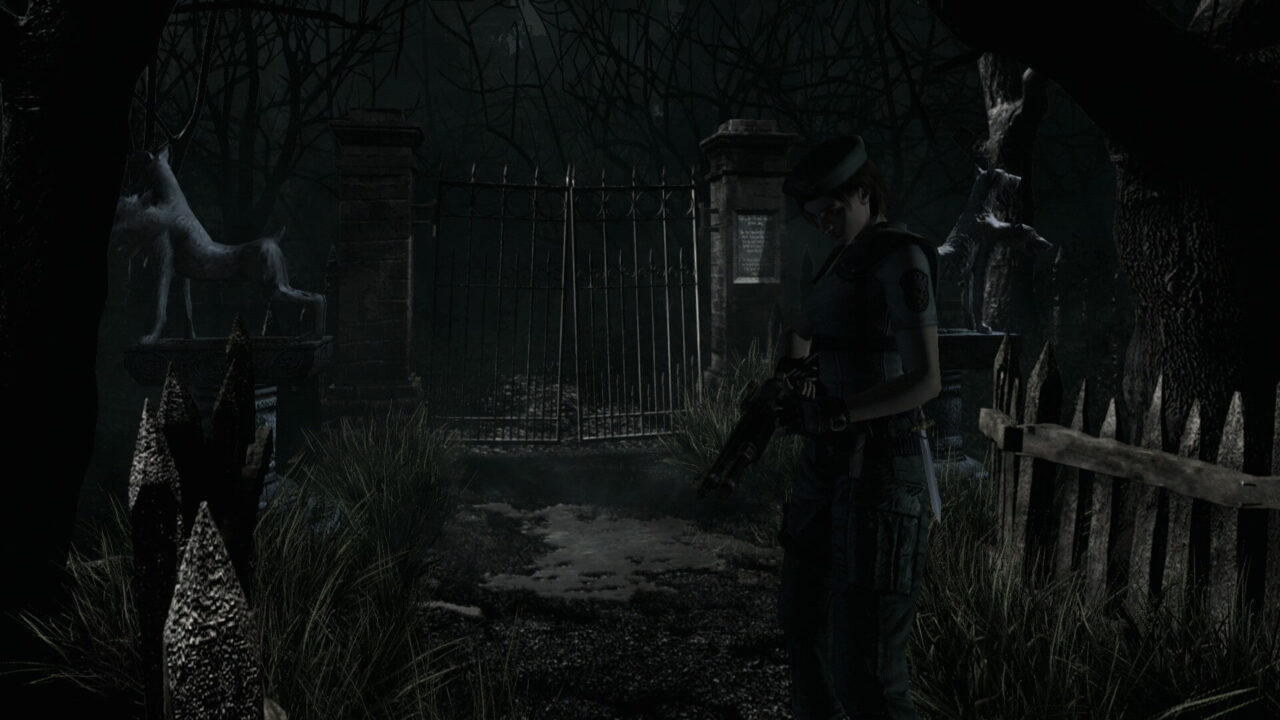
Various Resident Evil games fit the bill for a closed circle. The grandfather of survival horror has plenty of entries that qualify, but a few stick out more than others. The first game, a classic, features a mysterious mansion and its grounds. Revelations 2 and CODE: Veronica both star Claire Redfield, and both games trap her on an island after she is attacked and knocked unconscious. Lastly, Resident Evil 7: Biohazard features an oppressive atmosphere.
The first game features Jill Valentine and Chris Redfield. They cannot leave the mansion, as zombie dogs lurk just beyond the front door. With little recourse, they explore the Spencer Mansion and confront traitor Albert Wesker. In the end, the chosen protagonist and their allies fly to safety via helicopter as the mansion explodes.
CODE: Veronica has Claire attempt to track down her brother, Chris. Following a lead to a European Umbrella facility, they capture her and transport her to Rockfort Island. The first arc of the game revolves around Claire’s attempt to escape.
In Revelations 2, Claire Redfield works at civilian anti-bioterrorism organization TerraSave. At a party, mysterious figures break in and abduct the TerraSave employees. Revelations 2 is episodic, and each episode is split in half. Claire and Moira Burton, the new intern, form the first half. Moira’s father Barry and the young child Natalia form the other. As prisoners, Claire and Moira adhere more closely to the closed circle. With four playable characters, a handful of (steadily dwindling) surviving people on the island, and the main villain, the cast is quite intimate. It also features a lot of the cheesy acting found in the older games.
Resident Evil 7: Biohazard takes place in Dulvey, Louisiana. Ethan Winters comes in search of his wife, Mia. He quickly finds himself trapped by the murderous Baker family instead. Mysterious Mold covers the estate and enslaves the Bakers. At every turn, a member of the family menaces Ethan and impedes his escape. The found-footage videotapes emphasize the sensation of feeling trapped.
Haunting Ground and the Closed Circle
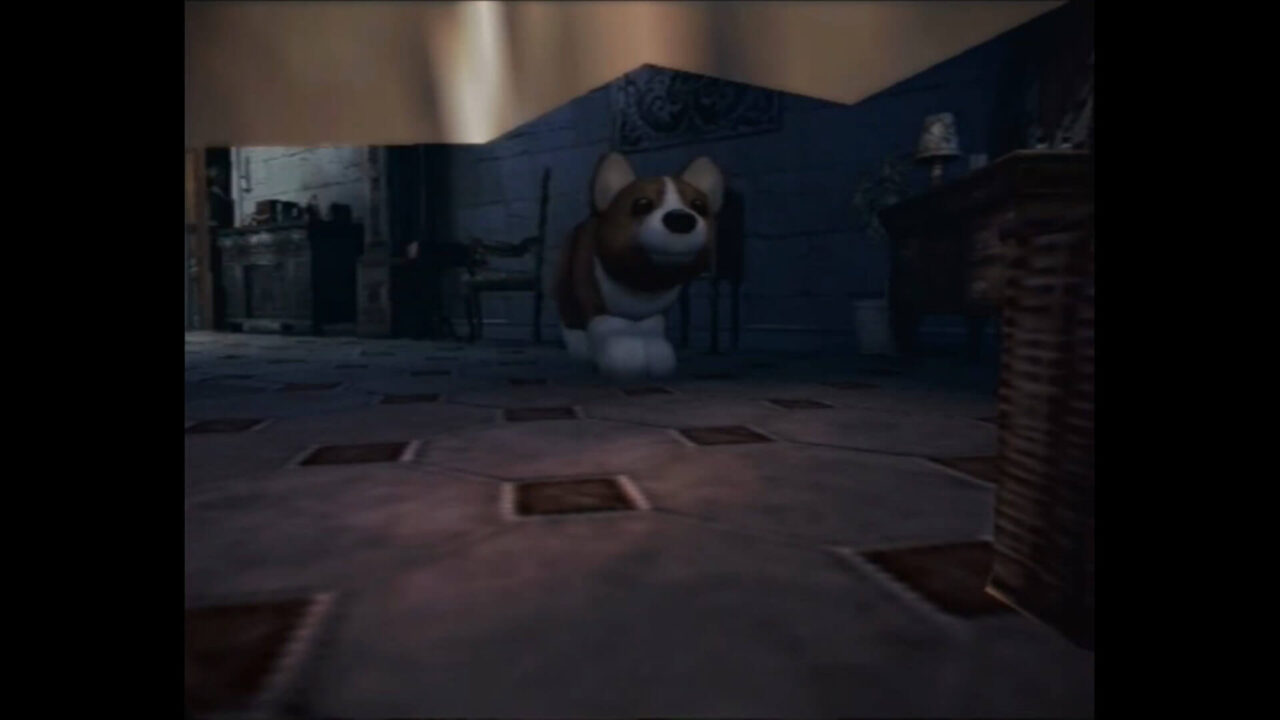
Haunting Ground (Demento in Japan) creates an oppressive, uncomfortable sensation of entrapment. Released on the PlayStation 2 in 2005, it’s a Capcom game in the vein of Clock Tower or the Remothered series. Like Devil May Cry, it began life as a prototype of Resident Evil 4, featuring a side story of a girl with a B.O.W. protector as she explores a castle.
While visiting family, college student Fiona Belli finds herself in a nightmare when her father crashes the car, which kills her parents. She wakes up in a cage, clad only in a bedsheet. When she leaves the cage, she discovers a magnificent castle. The trap snaps shut when she realizes she can’t leave without the gate key and has no idea where she is. The denizens of Belli Castle have their own plans for her, too. Alchemical formulae and concepts scattered throughout the estate reveal the truth behind why Fiona found herself in Belli Castle.
As an 18-year-old college student, Fiona has little in the way of combat ability. In fact, she panics and stumbles as she attempts to run and hide from her pursuers. She isn’t alone, though, as she befriends a white German shepherd named Hewie. He proves invaluable to her escape, fighting and helping Fiona solve puzzles she couldn’t alone.
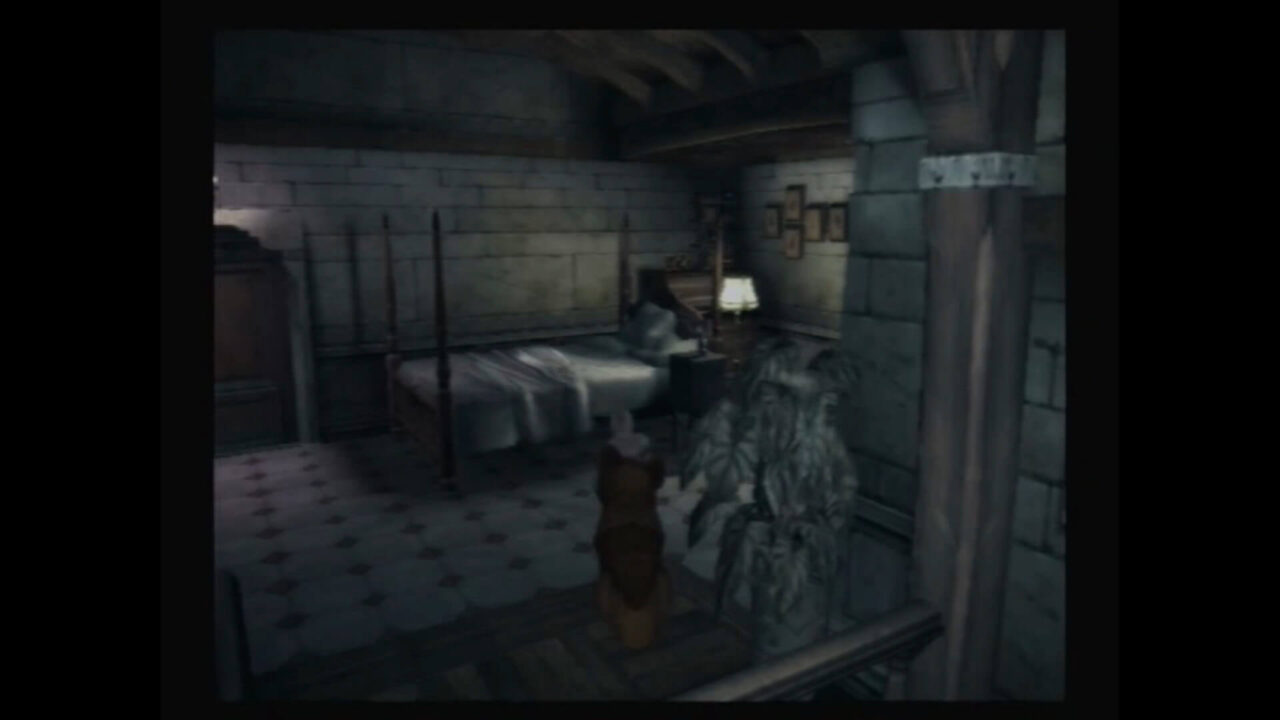
What follows is a disquieting adventure as the two of them explore. Fiona is a highly sexualized and objectified character. She’s quite buxom, and her breasts bounce to an almost ludicrous degree. Many alt costumes and camera angles expose even more skin. One, in particular, is just a dominatrix outfit! One can dismiss this as mere eye candy, but it also creates an uncomfortable feeling of voyeurism. Fiona’s attackers feel entitled to her, many of these entitlements carrying overt sexual connotations. It’s not for the faint of heart.
Five Nights at Freddy’s and the Closed Circle
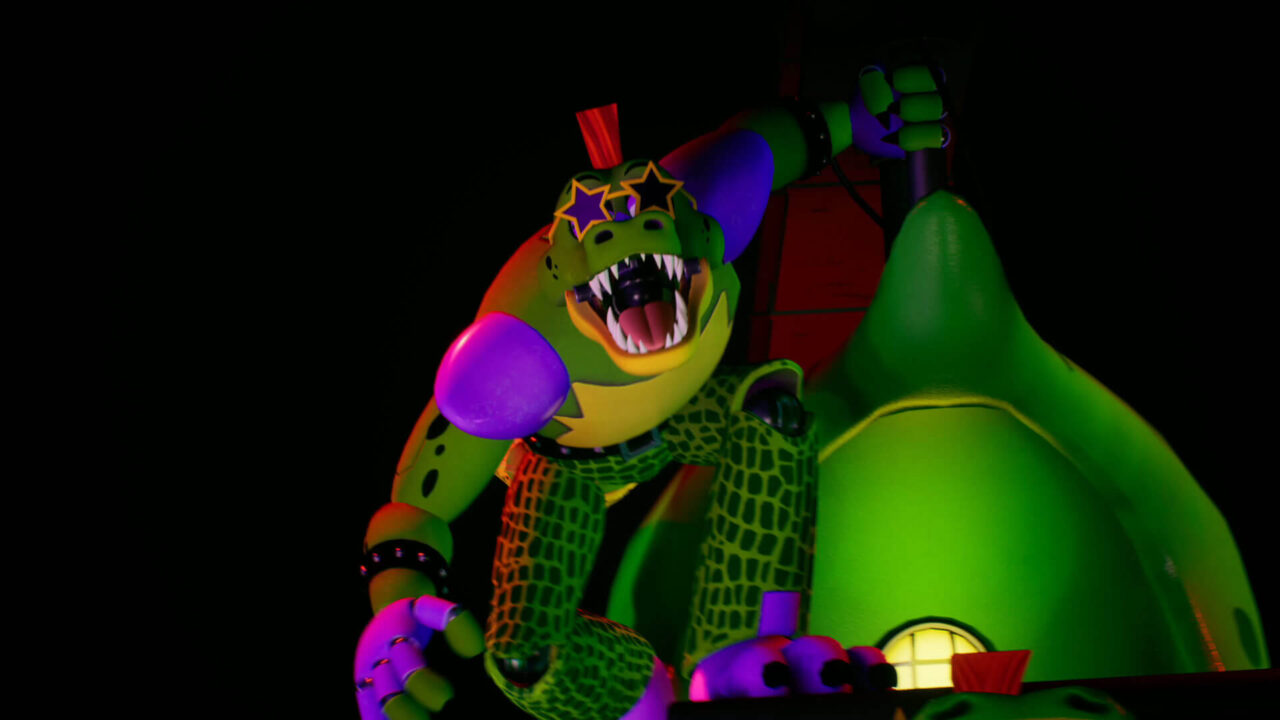
Five Nights at Freddy’s is a franchise that skyrocketed to fame in the 2010s. Starring haunted animatronics, most of the gameplay is actually pretty stationary. The character manages resources such as power to protect themselves, as they’re otherwise defenseless against the rampaging machines. Each night brings new challenges and added difficulty until it builds to the denouement.
Even the recent Five Nights at Freddy’s: Security Breach engages in the closed circle trope. While protagonist Gregory can move about and explore the massive complex, and even defend himself, he cannot leave until the end of the game. The cast, composed of a white woman jumpscare, several glam rocking electronics, and Gregory himself, is small enough to remain readily identifiable by silhouette. The designs change according to the game and are in various states of disrepair, but series mascot Freddy Fazbear will show up in one form or another.
The Five Nights at Freddy’s thrives on the closed circle. The player can’t leave until daybreak or face termination, whether by management or animatronic. All of it takes place within a small space (restaurant, office, bedroom, and so on) and creates a claustrophobic sensation. The games have always had a plethora of lore lurking just beneath the surface for those who care to investigate.
the white chamber and Space Horror
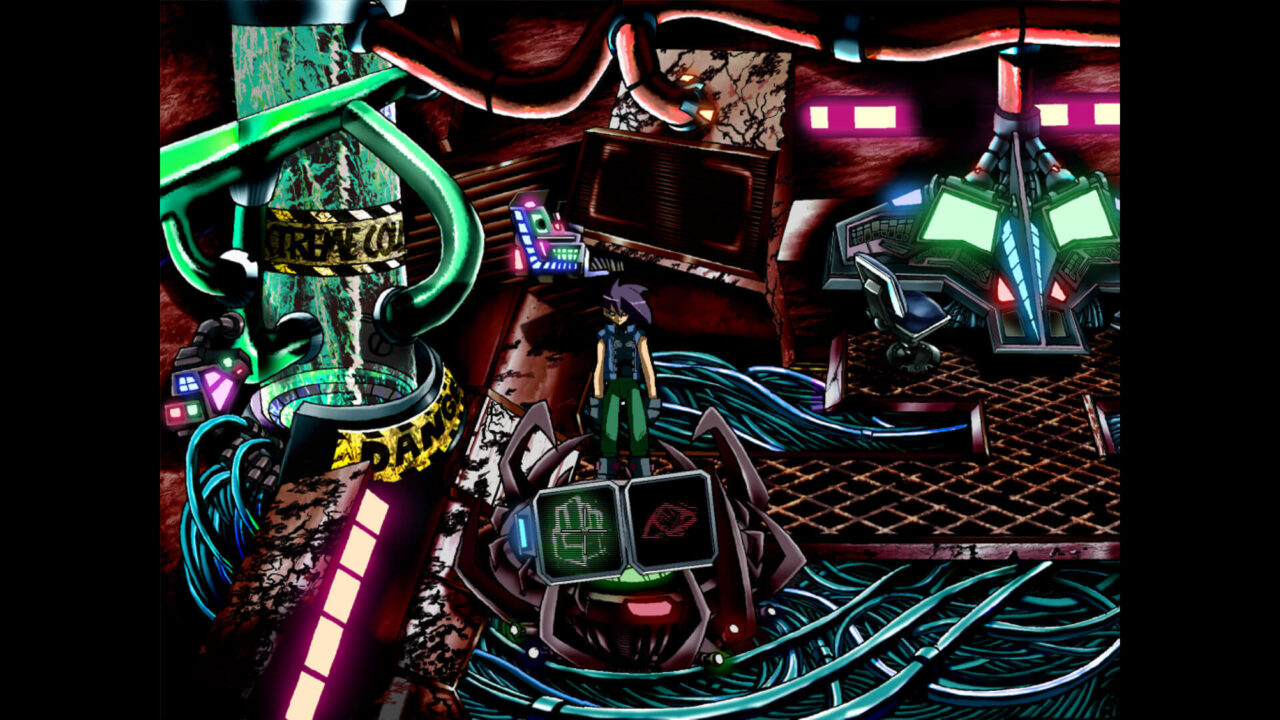
the white chamber (stylized in all lowercase) is a free 2D horror point-and-click adventure from 2005. Produced by Studio Trophis with the Wintermute Engine, the white chamber began as a university project. It takes place on a spaceship, with players taking on the role of a purple-haired woman by the name of Sarah. Sarah wakes up in a coffin and must discover the reason behind the piles of gore and nightmarish imagery and escape. There are several different endings depending on the actions Sarah (and by extension, the player) takes during the game.
What defines the closed circle here is the small size of the main cast (for the longest time, it’s just Sarah) and the fact that it’s, well, in space. Sarah cannot leave the ship until the end of the game, either, with one possible death featuring her sucked out into space. Without spoiling the details, it’s a psychological trip that will leave you repulsed. You can grab the white chamber on itch.io for free since Studio Trophis closed. A curious fact is that now-veteran voice actress Kira Buckland provides the voice of Sarah in one of her earliest credited roles. If you’re a fan of point-and-clicks and horror, the white chamber is a cool little indie romp.
Whew! Just about any game can enforce the closed circle trope by forcing players to complete objectives. In terms of drama, it’s most effective in a mystery or horror setting with established danger or risk. If there are more great examples please enlighten us. Share your favorite horror media and your fire memes on our Discord. Happy haunting!
Categorized:Editorials
